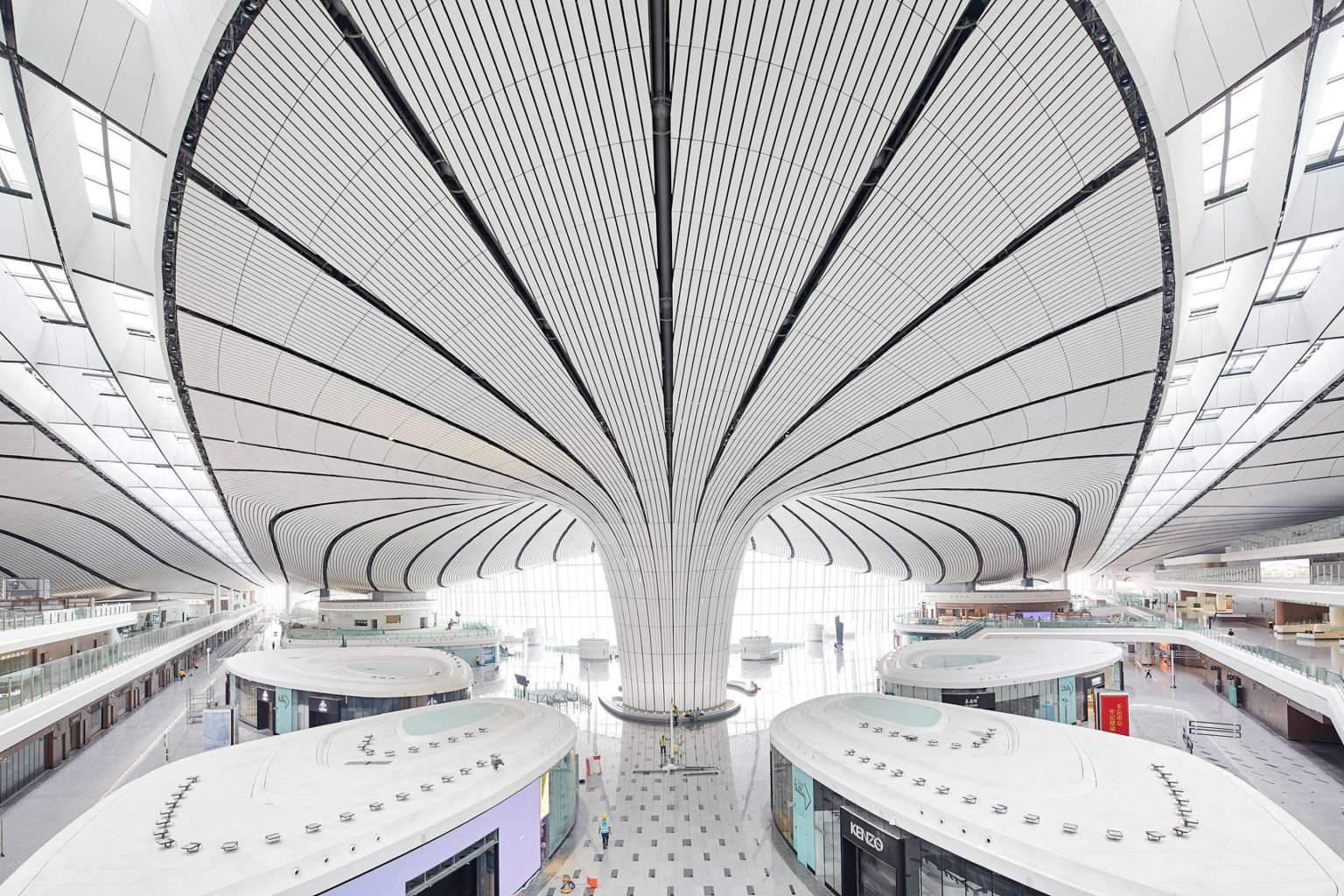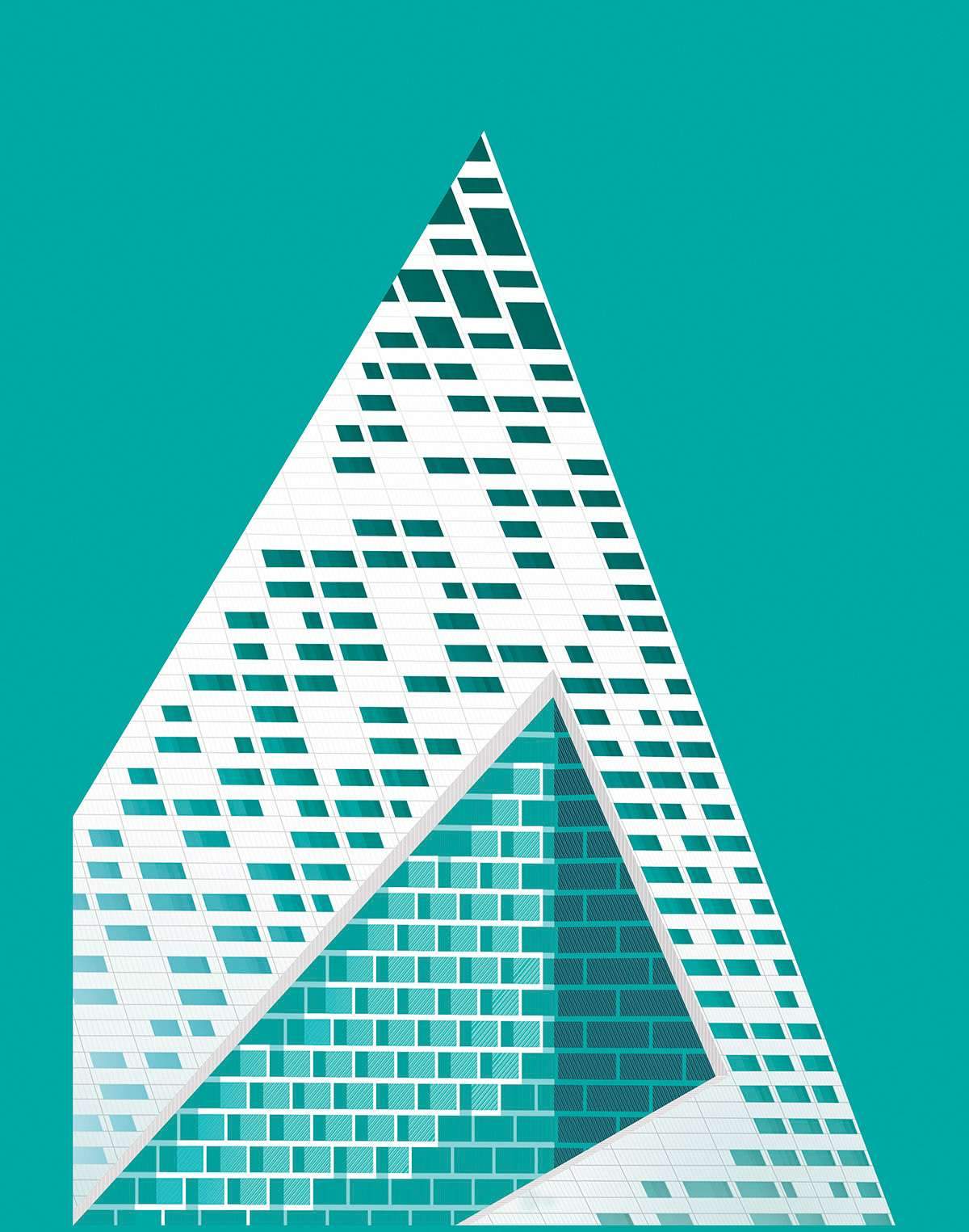Architectural design competition
An architectural design competitors is a sort of design competitors wherein a corporation that intends on establishing a brand new constructing invitations architects to submit design proposals. The profitable design is often chosen by an impartial panel of design professionals and stakeholders (comparable to authorities and native representatives). This process is commonly used to generate new concepts for constructing design, to stimulate public debate, generate publicity for the venture, and permit rising designers the chance to realize publicity. Structure competitions are sometimes used to award commissions for public buildings: in some nations guidelines for tendering public constructing contracts stipulate some type of obligatory open architectural competitors.[1]
Profitable first prize in a contest just isn’t a assure that the venture will probably be constructed. The commissioning physique typically has the appropriate to veto the profitable design, and each necessities and funds could change, thwarting the unique intention. The 2002 World Commerce Middle web site design competitors is an instance of a extremely publicized competitors the place solely the essential parts of the profitable design by Daniel Libeskind appeared within the completed venture.
Historical past
Structure competitions have a greater than 2,500-year-old historical past. The Acropolis in Athens was a results of an architectural competitors in 448 B.C., as had been a number of cathedrals within the Center Ages. Throughout the Renaissance, many initiatives initiated by the Church have been determined by design competitors. Examples are the Spanish Steps in Rome or in 1419, a contest was held to design the dome of the Florence Cathedral, which was received by Filippo Brunelleschi. Open competitions had been held within the late 18th century in a number of nations together with the US, Nice Britain, Eire, France and Sweden.[2]
In nineteenth century England and Eire there have been over 2,500 competitions in 5 many years, with 362 in London alone. The Royal Institute of British Architects drafted a primary algorithm in 1839 and a set of formal laws in 1872. The German Rules had been launched in 1867. In the identical interval within the Netherlands, an affiliation for the development of structure (Maatschappij tot Bevordering van de Bouwkunst), began organising conceptual competitions with the goal of stimulating architects’ creativity.[3]




Competitors sorts
There are a selection of competitors sorts ensuing from the mixture of following choices: [4]
- Open competitions (worldwide, nationwide or regional) or restricted, chosen, non-open competitions, relying on who’s allowed to take part.
- Mission competitions or concepts competitions: relying on the intention of constructing the venture or producing new concepts.
- Single-stage or two-stage competitions: relying on the dimensions and complexity of the competitors.
- Nameless or cooperative procedures: anonymity helps larger objectivity through the analysis and award-granting deliberations. In cooperative procedures, the authors are invited to make in-person shows to the jury to be able to clarify their design methods and permit particular person dialogue.
- Scholar design competitions.
Guidelines and pointers
The principles of every competitors are outlined by the organiser; nevertheless, these typically observe the rules offered by the Worldwide Union of Architects,[5] respectively the related nationwide or regional structure organisation. Competitors pointers outline roles, obligations, processes, and procedures inside a contest[6] and supply steerage on doable competitors sorts, eligibility standards, jury composition, participation circumstances, funds, prizes, publication of outcomes and different elements.[7][8]
In France and Germany design competitions are obligatory for all public buildings exceeding a sure price.[1][9]
Main worldwide architectural design competitions
|
|
This part doesn’t cite any sources. Please assist enhance this part by including citations to dependable sources. Unsourced materials could also be challenged and eliminated. (August 2019) (Find out how and when to take away this template message)
|
Most important amongst architectural competitions are those that are internationally open, appeal to a lot of design submissions, and the profitable design is constructed.
| Competitors Title | Location | Yr | Winner(s) | Design entries |
|---|---|---|---|---|
| White Home | 1792 | James Hoban | 9 | |
| Walhalla memorial | 1816 | Leo von Klenze | ||
| Homes of Parliament | 1835 | Charles Barry | 98 | |
| Vienna Ring Street | 1858 | Ludwig Förster – Friedrich August von Stache – Eduard van der Nüll and August Sicard von Sicardsburg | 85 | |
| Hofoper | 1860 | Eduard van der Nüll and August Sicard von Sicardsburg | ||
| Paris Opera | 1860 | Charles Garnier | 171 | |
| Rijksmuseum | 1863 | P.J.H. Cuypers | ||
| Regulation Courts | 1866 | George Edmund Road | 11 | |
| Reichstag | 1872 | Paul Wallot | ||
| Beurs | 1884 | Hendrik Petrus Berlage | ||
| World Exhibition tower | 1889 | Gustave Eiffel | ||
| Austrian Postal Financial savings Financial institution | 1903 | Otto Wagner | ||
| Stockholm Metropolis Corridor | 1903 | Ragnar Östberg | ||
| Helsinki Central railway station | 1903 | Eliel Saarinen | 21 | |
| Peace Palace | 1905 | Louis Marie Cordonnier and J.A.G. van der Steur | ||
| Tribune Tower | 1922 | John Mead Howells and Raymond Hood | 260 | |
| League of Nations Constructing | 1926 | Henri Paul Nénot & Julien Flegenheimer; Carlo Broggi; Camille Lefèvre; Giuseppe Vago | 377 | |
| Lenin Library | 1928 | Vladimir Shchuko | ||
| ANZAC Struggle Memorial | 1929 | Charles Bruce Dellit | 117 | |
| Termini Station | 1947 | Leo Calini, Eugenio Montuori, Massimo Castellazzi, Vasco Fadigati, Achille Pintonello and Annibale Vitellozzi | ||
| City Corridor and Church | 1950 | Alvar Aalto | ||
| Sydney Opera Home | 1955 | Jørn Utzon | 233 | |
| Toronto Metropolis Corridor | 1956 | Viljo Revell | 500 | |
| Amsterdam Metropolis Corridor | 1967 | Wilhelm Holzbauer, Cees Dam, B. Bijvoet and G.H.M. Holt | 804 | |
| Supreme Court docket | 1968 | Shin-ichi Okada | 217 | |
| Centre Georges Pompidou | 1971 | Renzo Piano and Richard Rogers | 681 | |
| San Cataldo Cemetery | 1971 | Aldo Rossi and Gianni Braghieri | ||
| Hong Kong and Shanghai Financial institution | 1979 | Foster Associates | ||
| Parliament Home of Australia | 1979 | Romaldo Giurgola | 329 | |
| Cité des Sciences et de l’Industrie | 1980 | Adrien Fainsilber and Sylvain Mercier | ||
| La Grande Arche de la Défense | 1982 | Johan Otto von Spreckelsen | 420 | |
| Parc de la Villette | 1982 | Bernard Tschumi | 471 | |
| Opéra Bastille | 1983 | Carlos Ott | 750 | |
| Carré d’Artwork | 1984 | Norman Foster | 12 | |
| Shonandai Cultural Centre | 1985 | Itsuko Hasegawa | 215 | |
| New Nationwide Theatre | 1984 | Takahiko Yanagisawa and Tak Associates | 228 | |
| Tokyo Worldwide Discussion board | 1987 | Rafael Viñoly | 395 | |
| Kansai Airport | 1988 | Renzo Piano Constructing Workshop | 48 | |
| Jewish Museum | 1989 | Daniel Libeskind | 165 | |
| Bibliotheca Alexandrina | 1989 | Snøhetta | 523 | |
| Bibliothèque Nationale de France | 1989 | Dominique Perrault | 244 | |
| Centre for Japanese Tradition | 1989–1990 | Masayuki Yamanaka, Kenneth Armstrong & Jennifer Smith | 453 | |
| Guggenheim Museum Bilbao | 1991 | Frank Gehry | ||
| Kiasma Modern Artwork Museum | 1992 | Steven Holl | 516 | |
| Austrian Cultural Discussion board | 1992 | Raimund Abraham | 226 | |
| Royal Danish Library | 1993 | Schmidt Hammer Lassen | 179 | |
| Osanbashi Yokohama Worldwide Passenger Terminal | 1995 | Overseas Workplace Architects | 660 | |
| Felix Nussbaum Museum | 1995 | Daniel Libeskind | 296 | |
| Millennium Bridge | 1996 | Norman Foster, Sir Anthony Caro, and Ove Arup | 200 | |
| Federation Sq. | 1997 | Lab Structure Studio | 177 | |
| GeoCenter Møns Klint | 2002 | PLH Architects | 292 | |
| Philharmonie de Paris | 2011 | Jean Nouvel | 98 |
See additionally
- Architectural design values
- Scholar competitors
- Scholar design competitors
Additional studying
- Andersson E., Bloxham Zettersten, G. und Rönn, M., (eds) Architectural Competitions – Histories and Apply. Stockholm: The Royal Institute of Expertise and Rio Kulturkooperativ, 2013. ISBN 978-91-85249-16-9
- Chupin, Jean-Pierre, Carmela Cucuzzella and Bechara Helal (eds) Structure Competitions and the Manufacturing of Tradition, High quality and Data: An Worldwide Inquiry, Montreal: Potential Structure Books, 2015, ISBN 978-0-9921317-0-8
- Collyer, G. Stanley, Competing Globally in Structure Competitions, Wiley Academy, 2004, ISBN 0470-86-2130
- De Jong, Cees and Mattie, Erik: Architectural Competitions 1792-1949, Taschen, 1997, ISBN 3-8228-8599-1
-
Architectural Competitors – Nordic Symposium
- Canadian Competitions Catalogue
- DesignCompetition.com, record of design competitions
- DCC Listing of Structure and Design Competitions, Awards, Associations and Design Residencies.[1], record of 1500 structure and design competitions
- CABE: Making Competitions Work
- RIBA Competitions, the Royal Institute of British Architects devoted RIBA Competitions unit
- Wettbewerbe Aktuell, a German journal specialised in architectural competitions
- Handbook of Architectural Design Competitions, American Institute of Architects (AIA)
- [2] The Competitors Mission, Inc., a world-wide useful resource on competitions since 1990 with the periodical publication, COMPETITIONS (1991-2010) and COMPETITIONS Annual (2010-)






